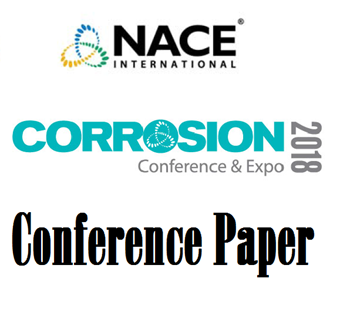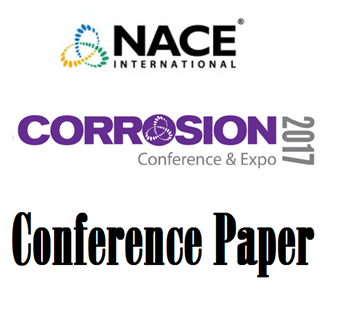Search
10140 Low Angle Scouring Erosion Behavior of Materials for Processing and Transportation of Oil Sands Slurries
Also Purchased
07685 Assessing the Erosion Corrosion Properties of Materials for Slurry Transportation and Processing in the Oil Sands Industry
Product Number:
51300-07685-SG
ISBN:
07685 2007 CP
Publication Date:
2007
$20.00
51318-10637-Wear Modelling of Dense Slurry Flow in Oil Sands Coarse Tailings (CT) Pipelines
Product Number:
51318-10637-SG
$20.00
51317--9637-Non-Metallic Liners for Dense Slurry (Oil Sands) Applications
Product Number:
51317--9637-SG
ISBN:
9637 2017 CP
Publication Date:
2017
$20.00




